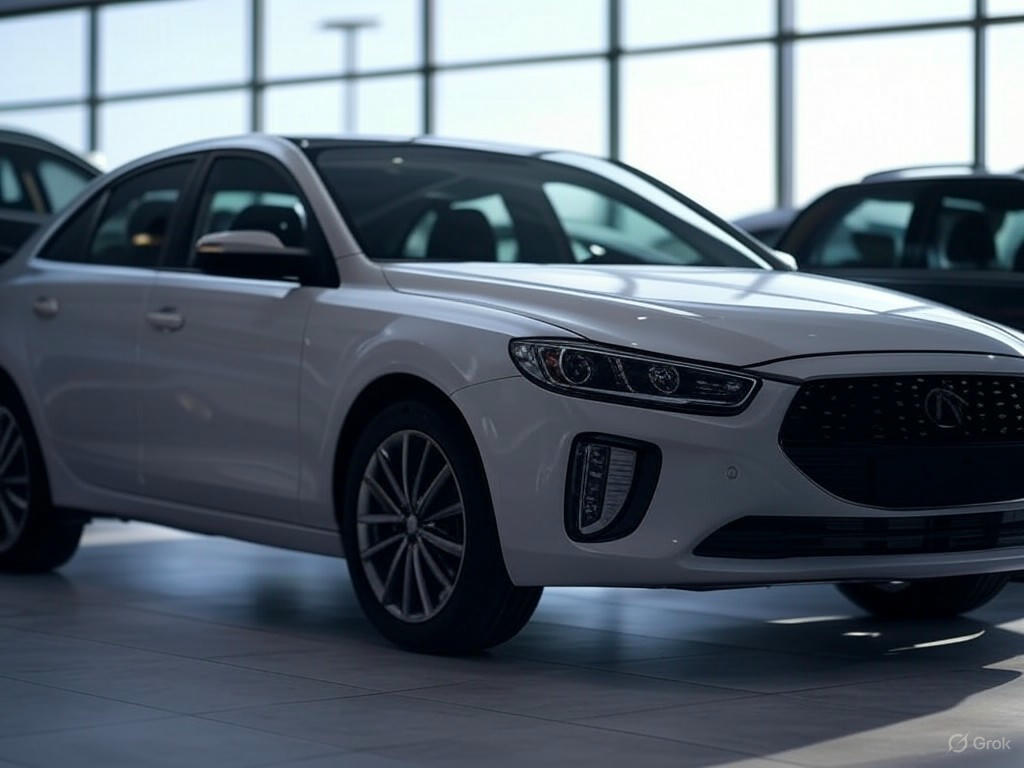Car Prices Hold Steady Despite Tariffs: Should You Buy Now?
In a surprising turn of events, American car shoppers are finding that the much-dreaded impact of recent auto tariffs hasn’t hit their wallets just yet. When the tariffs, imposed by the current administration, took effect earlier this spring, many industry experts predicted a sharp rise in vehicle costs due to increased import expenses. Two months later, however, dealership lots across the country are still displaying price tags that look remarkably similar to those from before the policy change. This unexpected stability has sparked a heated debate: is this the perfect window to purchase a new car, or are bigger price hikes lurking just around the corner?
The tariffs, aimed at protecting domestic manufacturers by adding costs to imported vehicles and parts, were expected to ripple through the supply chain, ultimately driving up sticker prices for consumers. Yet, data from market analysts shows that the average cost of both domestic and imported cars has remained largely unchanged. Some attribute this to automakers absorbing the additional costs themselves, wary of losing market share in a highly competitive industry. Others suggest that dealers are sitting on pre-tariff inventory, delaying the inevitable price adjustments. Major brands have stayed tight-lipped about their pricing strategies, leaving buyers to speculate whether this calm is merely the eye of the storm.
For potential car buyers, the current scenario presents a tantalizing opportunity. With prices holding steady and summer sales events in full swing, the incentives to drive off the lot with a new vehicle are strong. Financial advisors, however, caution against impulsive decisions. While today’s deals might seem attractive, the long-term effects of the tariffs remain uncertain. If manufacturers eventually pass on the added costs, or if inventory levels drop, prices could spike in the coming months. Additionally, interest rates on auto loans are a factor to consider, as they could offset any savings from stable car prices. Consulting with a trusted dealer and crunching the numbers on financing options is a wise move for anyone eyeing a purchase.
Beyond individual decisions, this situation sheds light on broader economic dynamics. The resilience of car prices in the face of policy shifts highlights the complex interplay between government actions and market responses. It also raises questions about the effectiveness of tariffs as a tool for bolstering local industries if the anticipated cost increases fail to materialize. As policymakers and industry leaders monitor the unfolding trends, consumers are left to navigate a landscape of uncertainty with a mix of caution and opportunism.
For now, the message seems clear: the feared price surge hasn’t arrived, and the car market remains buyer-friendly. Whether this stability lasts or gives way to turbulence is anyone’s guess. If you’ve been holding off on upgrading your ride, keeping a close watch on market signals and acting swiftly might just land you a deal worth driving home.


